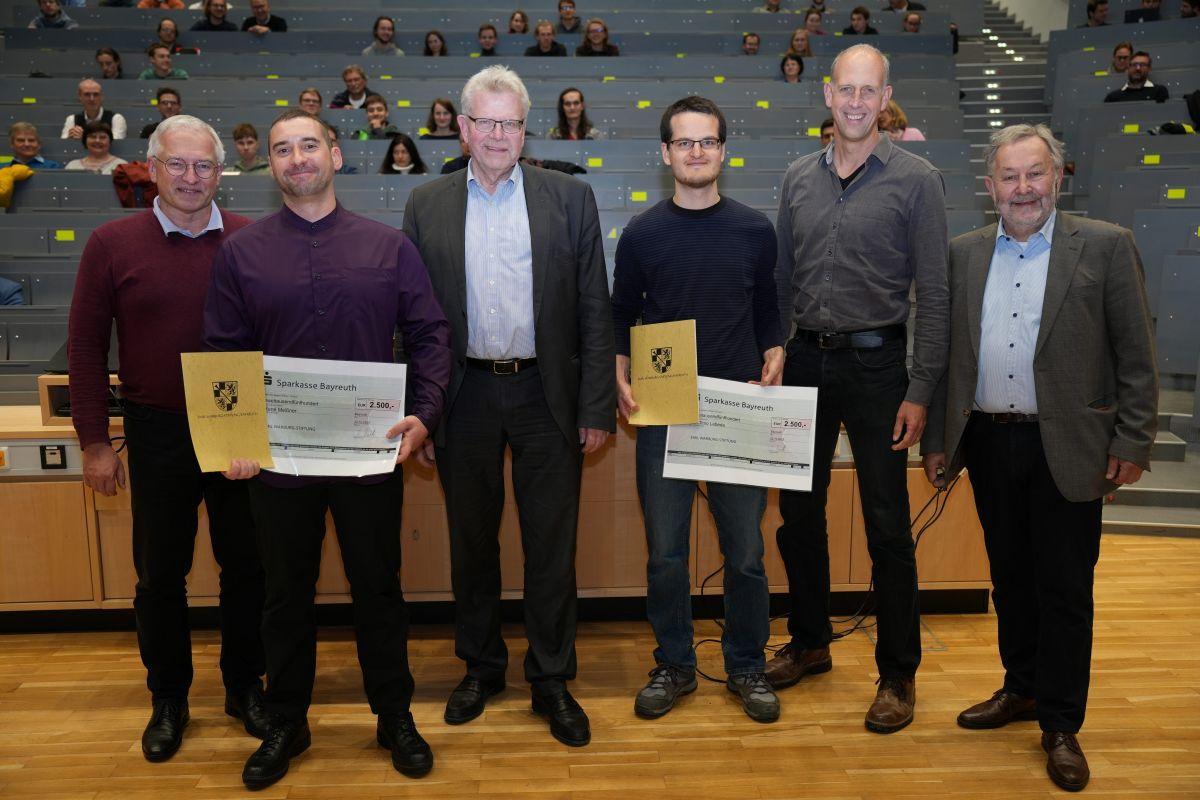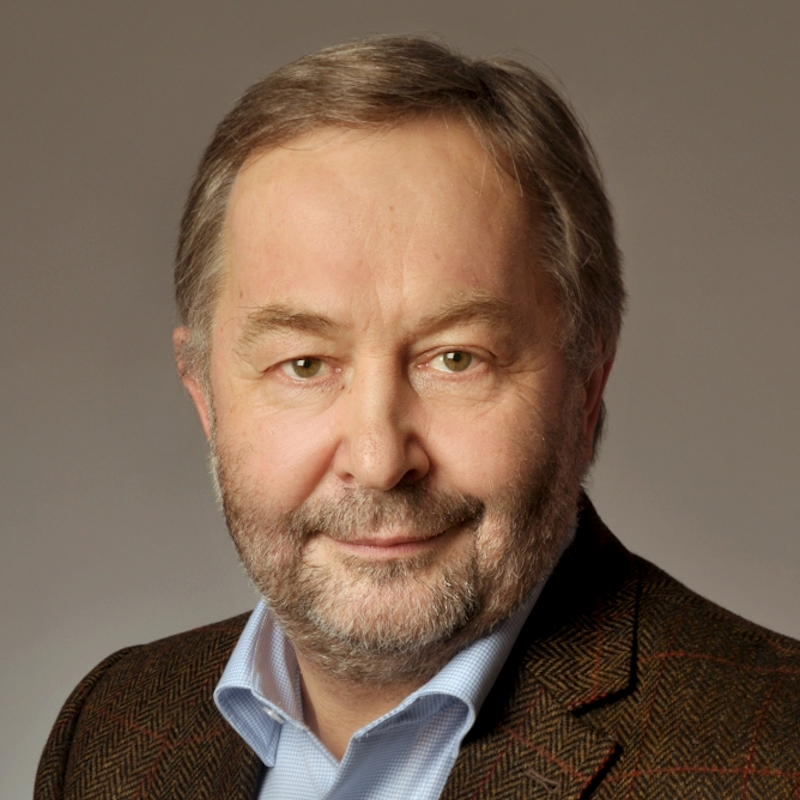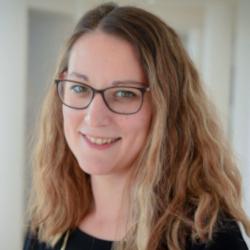Physics researcher and supercomputer master honoured
They are the new Emil Warburg Prize winners: Dr Timo Lebeda, who comes from Plochingen near Stuttgart and now conducts research in New Orleans (USA), and René Meißner, who comes from Greiz and is now administrator for high-performance computers at the University of Bayreuth.

Third from the right, Dr Timo Lebeda with his certificate (research award) and, to his right, his doctoral supervisor Professor Stephan Kümmel. Second from the left, René Meißner with his certificate and, to his left, Dr Hans-Jörg Bauer, Head of the IT Service Centre at the University of Bayreuth. Mayor Thomas Ebersberger and Chairman of the Board of the Emil Warburg Foundation in the middle presented the awards, and on the right is WE-Heraeus Senior Professor of Physics and organiser Walter Zimmermann. - © N. Jahreis
The Emil Warburg Technology Prize 2025 was awarded to René Meißner from the University's IT Service Centre for his outstanding technical achievements in setting up and operating high-performance computers at the University. The prize is endowed with 2,500 euros.
The University of Bayreuth is successful in several modern areas of computer-assisted research. ‘One reason for this is that its scientists have access to an excellent computer infrastructure, the size and quality of which one would not necessarily expect in Bayreuth when viewed from the outside. However, this infrastructure would be useless if there were no staff to install, maintain, keep running, and optimise the equipment for users,’ according to the award citation. ‘Measured by the size and importance of the task, the University of Bayreuth does not have a particularly large number of staff working in this area. But there are individuals who, through their personal commitment, make a big difference and ensure that things run smoothly. One such person who is particularly important is René Meißner.’
René Meißner has rendered outstanding services in connection with the latest high-performance computing cluster installed at the University of Bayreuth. He procured the components for the mainframe computer on his own initiative, "organised the hardware installation, which he then largely carried out himself, and configured the system. The result was and is outstanding: in significantly less time than with the previous external contract, a high-performance computing infrastructure was implemented that runs with impressive stability and performance,‘ according to the laudatory speech. ’During the configuration of the system, care was also taken to ensure that energy-efficient technologies were implemented. Thanks to Mr Meißner's impressive expertise and tireless dedication, the resources available to the university have been and continue to be used optimally, and he has created great added value for science and the University of Bayreuth."
The Emil Warburg Research Prize was awarded to Dr Timo Lebeda for his outstanding contributions to density functional theory. This prize is also endowed with 2,500 euros. He completed his doctorate at the chair of Professor Dr Stephan Kümmel (Theoretical Physics IV) and the topic of his award-winning doctoral thesis is: ‘Construction principles for semilocal density functionals with balanced non-locality’.
Lebeda's field of research, density functional theory in theoretical physics, aims to organise the complex relationships of many-particle quantum mechanics into a form that enables accurate predictions while remaining simple enough in its mathematical structure to allow concrete calculations. ‘While the theory itself is not easy to explain, it is easy to explain what the theory is useful for,’ says the laudatory speech. It can be used to address a wide variety of questions. ‘How do electrons and nuclei move in a semiconductor when it is irradiated with light?’ ‘Can we find crystal structures that form particularly strong and stable magnets?’ ‘In principle, such questions can be answered by calculation. But the equations that need to be solved are so complicated that even modern high-performance computers have great difficulty answering them.’
‘In his doctoral thesis, Timo Lebeda succeeded in making such calculations significantly easier,’ according to the selection committee. ‘He developed a so-called density functional that reliably describes both the strength of the quantum mechanical bond between atoms and the so-called band gap, which plays a major role in how easily materials emit or absorb electrons. Until now, it was considered impossible to predict both quantities relatively accurately in a single, relatively simple calculation.’
The findings of Dr Timo Lebeda's doctoral thesis benefit, for example, research projects that seek to develop materials with which we can convert sunlight into other forms of energy that are useful to us, e.g. by splitting water into hydrogen and oxygen using light.
"His approach was characterised by outstanding physical intuition, great mathematical ingenuity and a willingness to work hard and show personal commitment. At the same time, Mr. Lebeda distinguished himself as a helpful, always friendly and strong-nerved team member. A willingness to take personal risks and a desire to think outside the box are also among Dr. Lebeda's character traits. During his doctoral studies, these traits led him to spend several months conducting research at his current place of work, Tulane University in New Orleans, as part of the elite study programme ‘Biological Physics,’ the laudatory speech continued.
Following the award ceremony, Professor Tobias Heindel from the University of Münster gave a keynote speech on the topic of ‘Micro dartboards for the quantum internet – When a quantum light source set out to travel Europe...’.
Information about the foundation
The Emil Warburg Foundation supports research and young talent in physics at the University of Bayreuth and awards prizes for outstanding achievements in physics. It is named after Emil Warburg (1846-1931), who was born in Hamburg. He was one of the most important physicists of his time and was the first president of the German Physical Society (DPG) from 1899 to 1905, then president of the Physikalisch-Technische Reichsanstalt in Berlin until the age of 76 in 1922. He spent part of his twilight years at the Grunau estate in Bayreuth with his daughter Lotte Meyer-Viol and grandson Peter. He died on 28 July 1931 in Bayreuth and is buried there. The foundation was initiated by his grandson Peter Gottfried Meyer-Viol and the then Mayor of Bayreuth, Hans-Walter Wilt.

Prof. Dr. Walter Zimmermann
Wilhelm and Else Heraeus Senior Professorship
Theoretical Physics
University of Bayreuth
Department of Physics
phone: +49 (0)921 / 55-3181
e-mail: walter.zimmermann@uni-bayreuth.de
web: https://www.zimmermann.physik.uni-bayreuth.de

Jennifer Opel
Deputy Press Officer
University of Bayreuth
phone: +49 (0)921 / 55-5357
e-mail: jennifer.opel@uni-bayreuth.de

